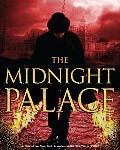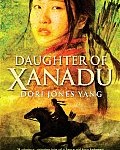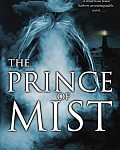 Something evil tried to kill Ben the night he was born, although he knows nothing about it. All he knows is that he was raised in an orphanage, and as his 16th birthday approaches he has to decide what he’ll do when he has to leave there in a few days. He and his friends of the same age, who form a group they call the Chowbar Society, are celebrating together before they all must leave the orphanage as well. But strange events are about to change their plans.
Something evil tried to kill Ben the night he was born, although he knows nothing about it. All he knows is that he was raised in an orphanage, and as his 16th birthday approaches he has to decide what he’ll do when he has to leave there in a few days. He and his friends of the same age, who form a group they call the Chowbar Society, are celebrating together before they all must leave the orphanage as well. But strange events are about to change their plans.
Ben dreams of a fiery train with children trapped inside. An old woman comes to visit, bringing with her a granddaughter named Sheere. Ben learns Sheere is his twin, and they both are in grave danger from the being who killed their parents. He is called Jawahal, and he possesses extraordinary powers of destruction. Together the friends must find a way to find Jawahal and stop him before he finishes what he started 16 years before.
The Midnight Palace by Carlos Ruiz Zafon is deliciously dark. Zafon has mastered the art of creating mysterious and twisted antagonists, and he excels here with Jawahal, who is a frightening monster who lets nothing get in his way. Don’t read this one at bedtime, or you may find that he haunts your dreams.
I recommend The Midnight Palace for ages 14 and up.
The publisher provided me with a copy of this book for review.







